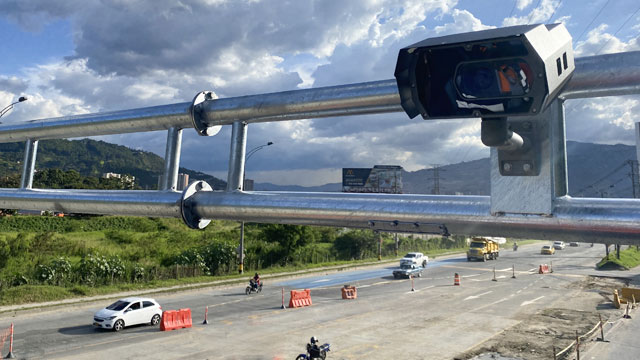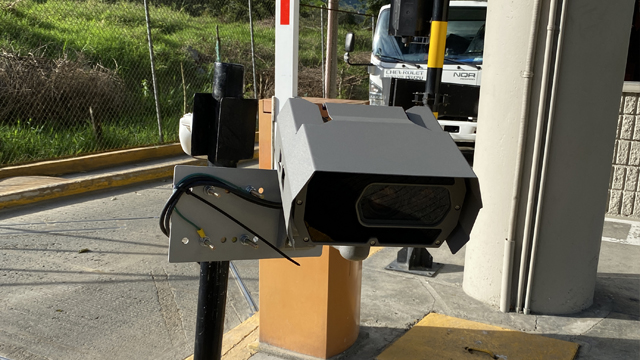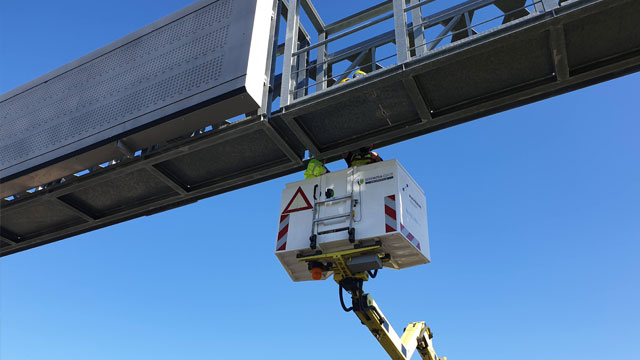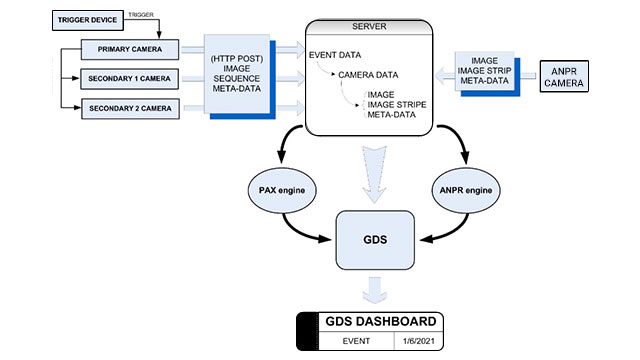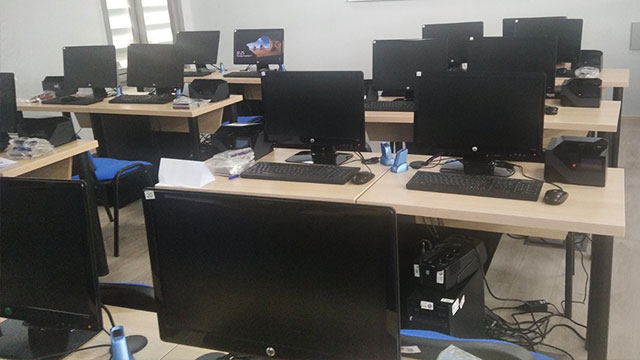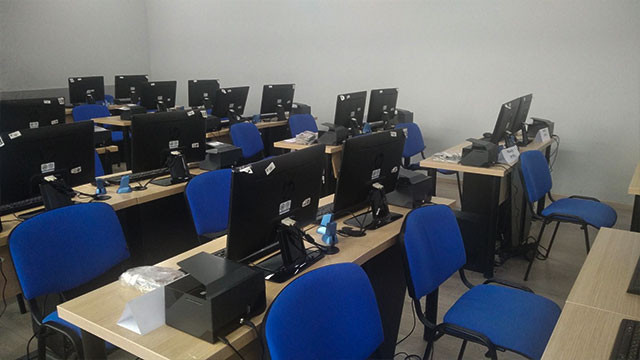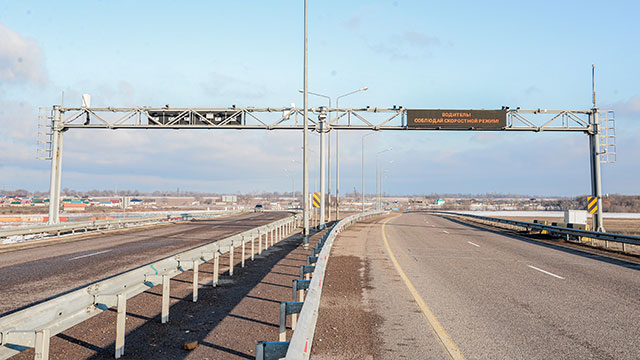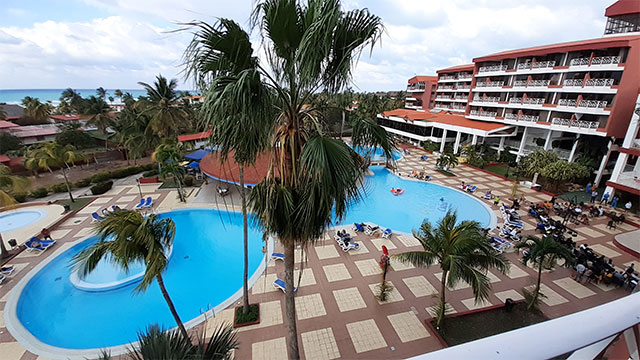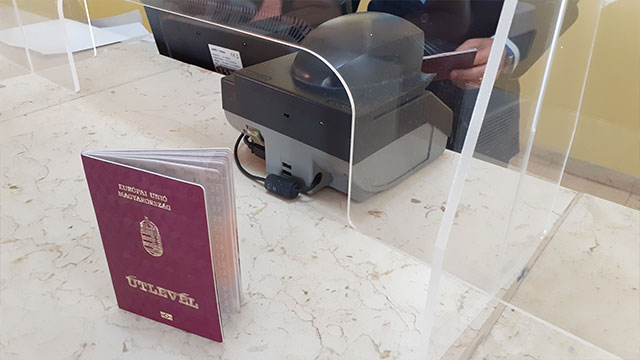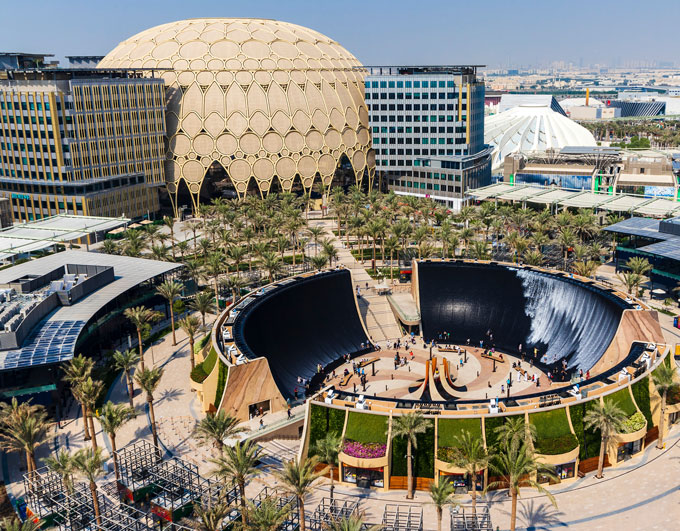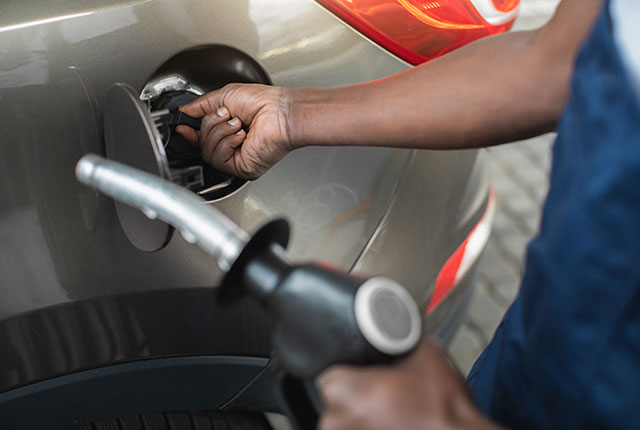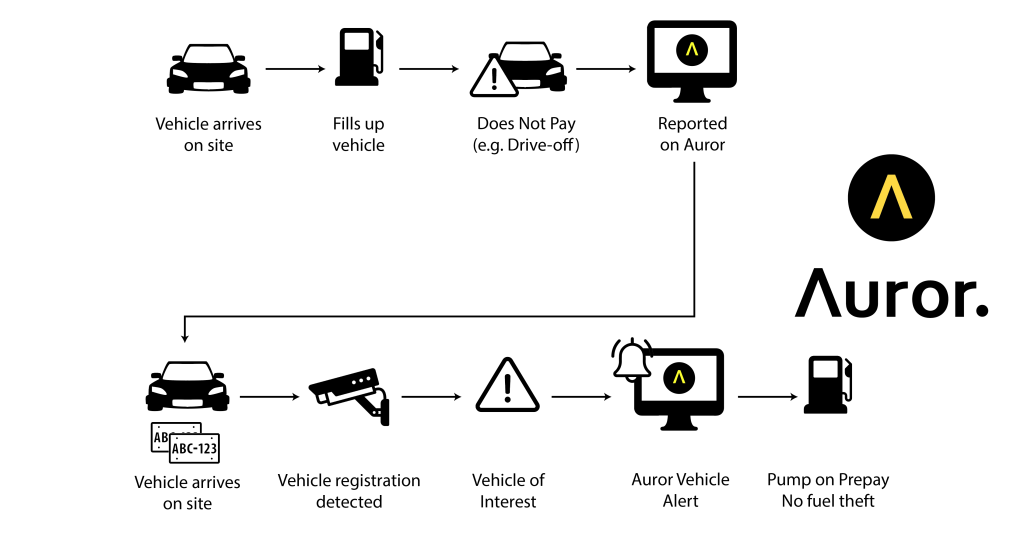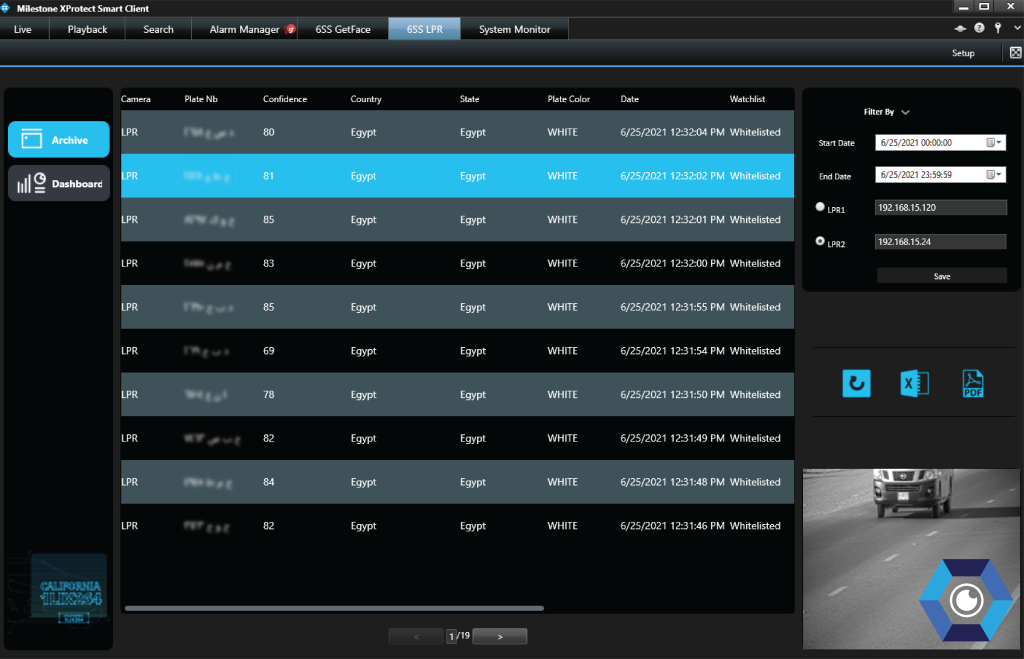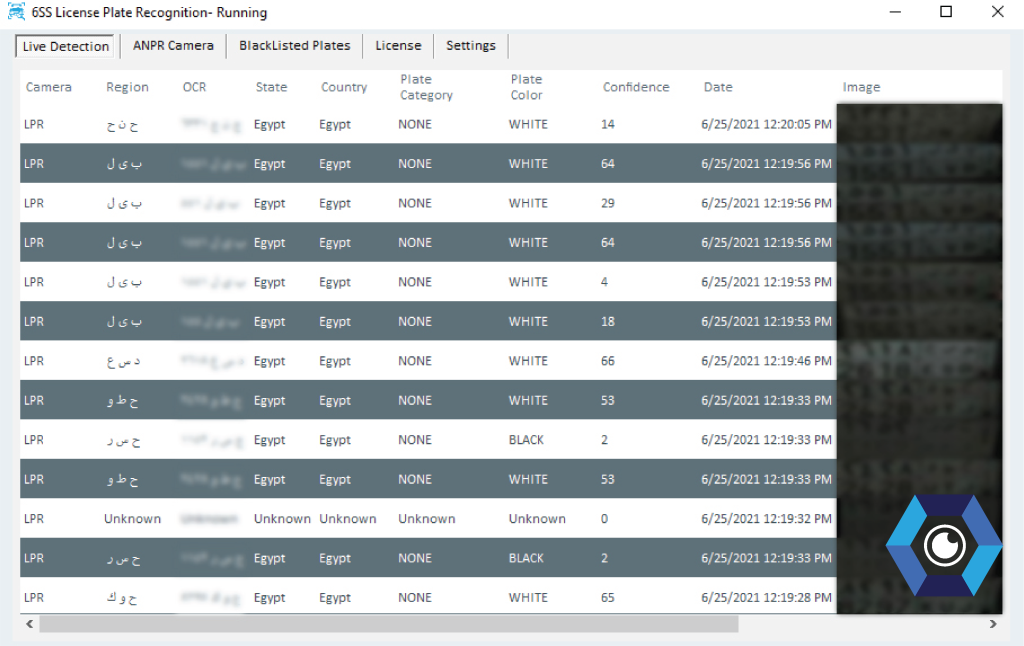Vidar Smart ANPR cameras in use in bridge weigh-in-motion systems in Indonesia
The Challenge
Overloading trucks mean a constant danger for drivers and highways alike. Drivers ignoring weight regulations are not only prone to cause damage to roads but may also lose control of their vehicles due to excess weight. They are more likely to cause accidents because of reduced maneuverability and a longer braking distance.
As part of a nationwide initiative to increase road safety and reduce expenses on road maintenance, the Ministry of Transportation announced a complete ban on Over Dimension and Overload (ODOL) vehicles in 2020. The new legislation came into force on 1 January 2023.
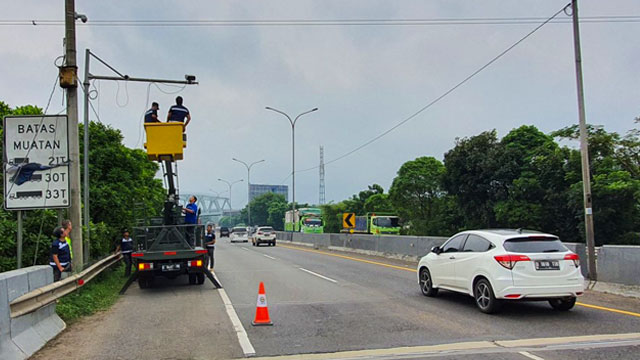
Jasa Marga, the Indonesian highway company and toll road operator, sought an effective way to enforce the new regulations on total weight per vehicle and dimensions. They envisioned an automatic vehicle weighing solution to prevent drivers from entering highways with overload trucks.
The Solution
Our partner, PT Bia Tekno Solusi (Biateknos), installed a bridge weigh-in-motion system featuring Vidar Smart ANPR cameras by Adaptive Recognition at a major highway between Jakarta and Bandung, West Java. The Vidar Smart ANPR camera is used in combination with the Bridge Weigh-in-motion technology.
When the Bridge-WIM system detects a heavy vehicle, it automatically triggers the camera to capture an image of the vehicle license plate. Images of the vehicles are taken by Adaptive Recognition’s Vidar ANPR cameras.
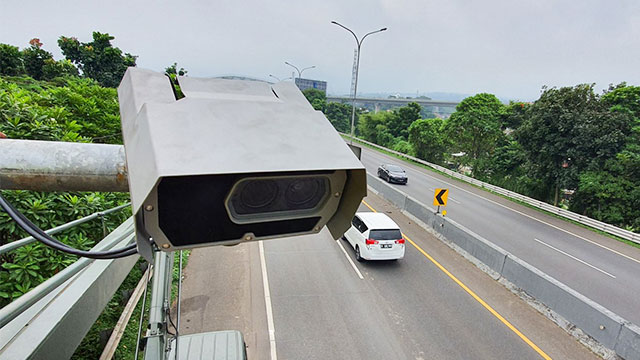
Vidar ANPR cameras can capture images of cars with their IR-illuminated sensors. The image is then processed, and the information is used to identify the vehicle. The system classifies the vehicle type and evaluates each wheel’s load. This data is then sent to an internal database, displayed to users on a web dashboard, or transmitted to a central traffic system for further processing.
Pre-selected vehicles are not allowed to continue driving on the road and are redirected to local roads instead. After a successful pilot phase of the project, toll road operators will be able to select whether to outright deny the entry of such vehicles to highways or impose a fine when overloading vehicle offenses are detected.
The system is suitable for weighing and pre-selecting vehicles. Although the ANPR camera component has only been in use for a few months, it achieved a 90% accuracy in identifying license plate data. In the remaining cases, recognition was impossible due to damaged license plates, lack of safety distance, incorrect position of the vehicle on the road, or for any other reason.
Adaptive Recognition Solutions Used
Vidar Smart cameras are powerful Recognition and reading cameras for vehicle license plates, make, and model recognition. They have onboard ANPR, powered by the Carmen® engine. The dedicated quad-core 4×1.4GHz CPU runs the pre-installed ANPR engine, making the device one of the most powerful standalone ANPR cameras on the market.

The camera has built-in software and hardware trigger and can cover up to two lanes thanks to high-resolution sensors and onboard processing power. It provides speedy and accurate vehicle identification with unparalleled global coverage of Latin, Arabic, Cyrillic, Thai, etc. plate types. It can also perform image-based vehicle speed estimation with high accuracy. Moreover, it features a dual optic system with varifocal lenses.
Know more
If you are thinking about implementing a solution similar to the weigh-in-motion system of our partner Biateknos, look no further. Adaptive Recognition’s team of experts is happy to answer your questions and determine whether a solution, including a member of the Carmen® ANPR/ALPR software family and an Adaptive Recognition ANPR/ALPR camera, can be adapted to your business needs. Get in touch with us here →
Vidar is a high-performing component of any weigh-in-motion system. However, thanks to its versatility and advanced features, it may be applicable in many other use cases, from container code recognition to speed enforcement. If you want to learn more about the Vidar camera, visit its dedicated product page →
